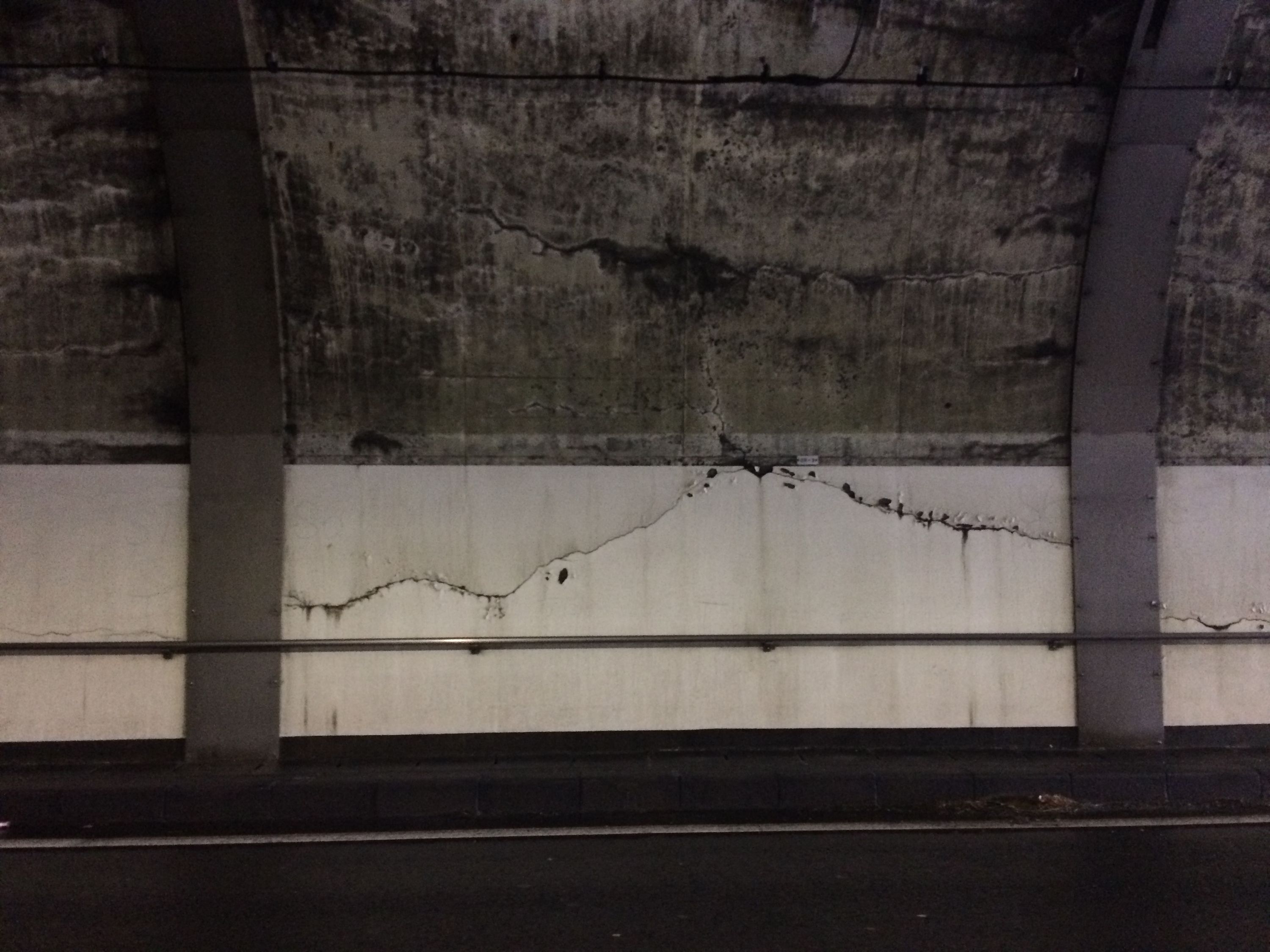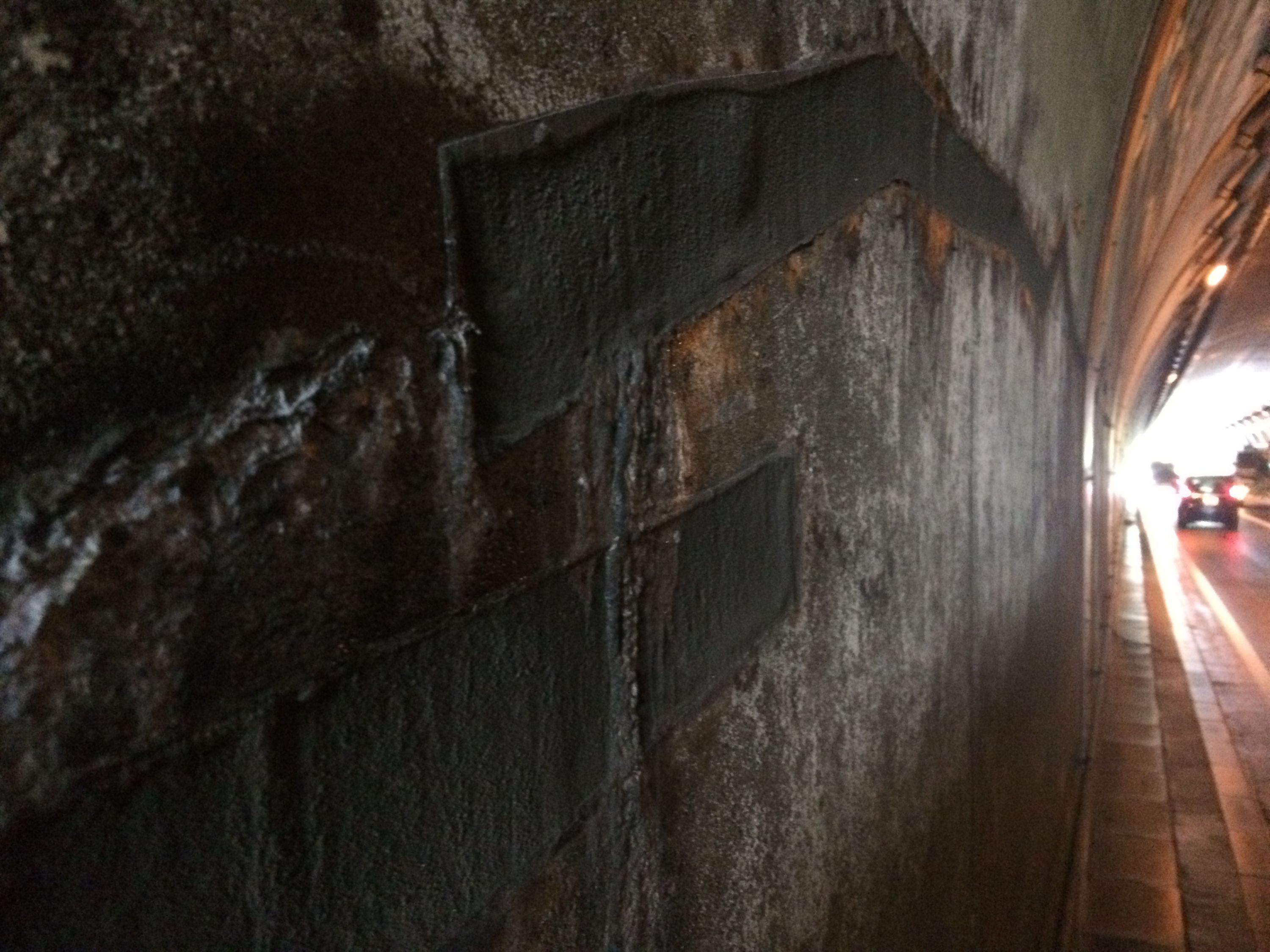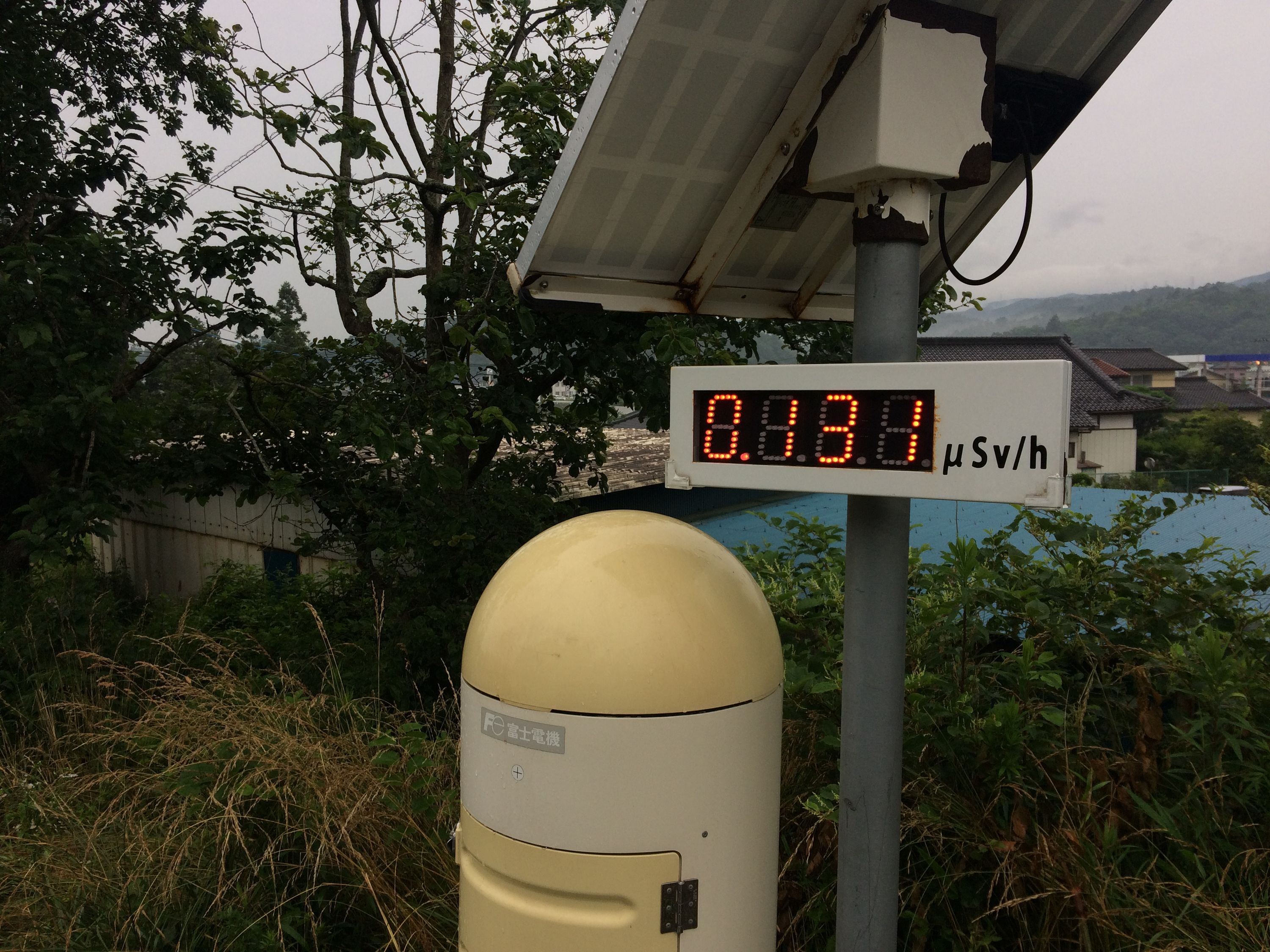Day 83 (July 4, 2017)
Shioyazaki Lighthouse, Fukushima → Naraha, Fukushima
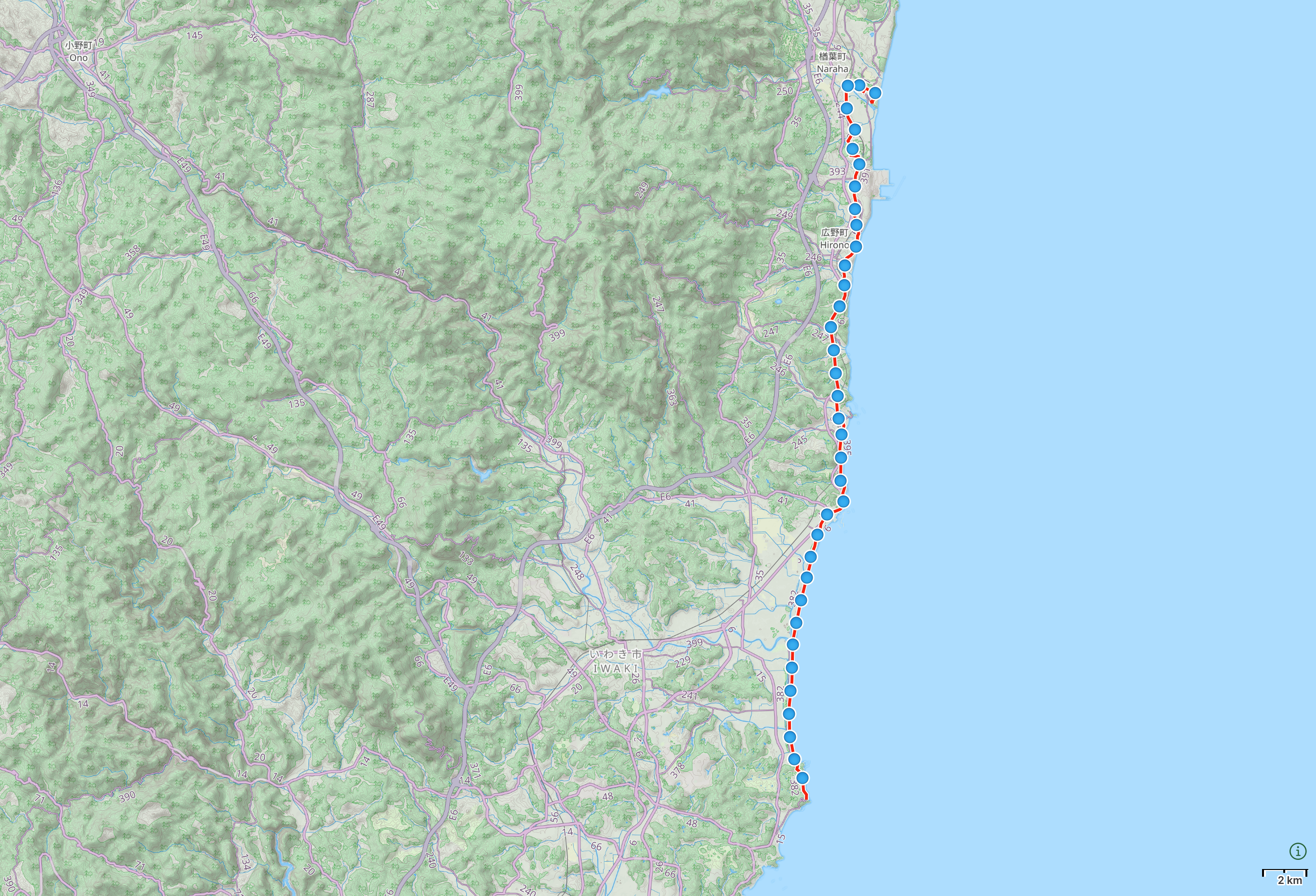
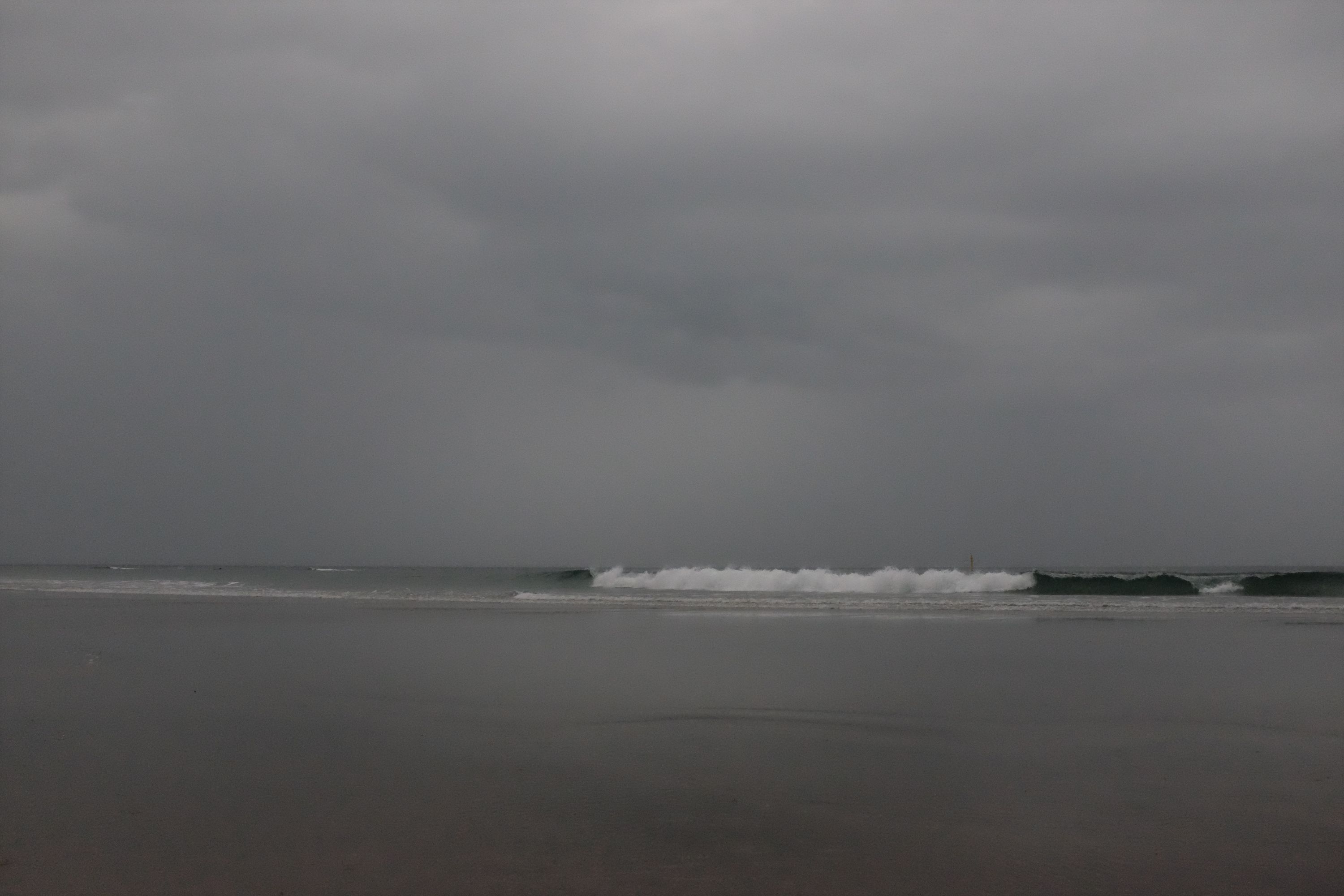
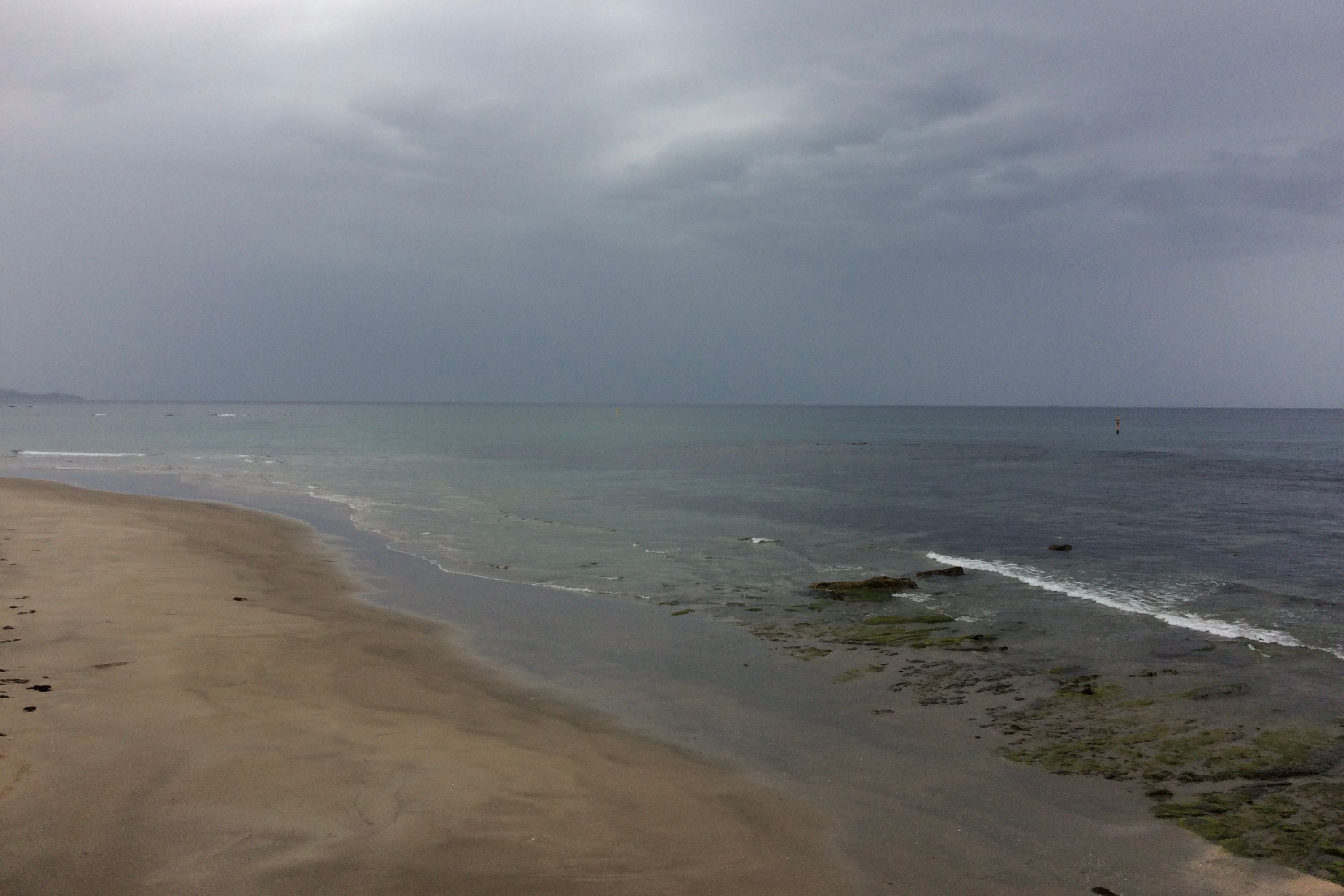
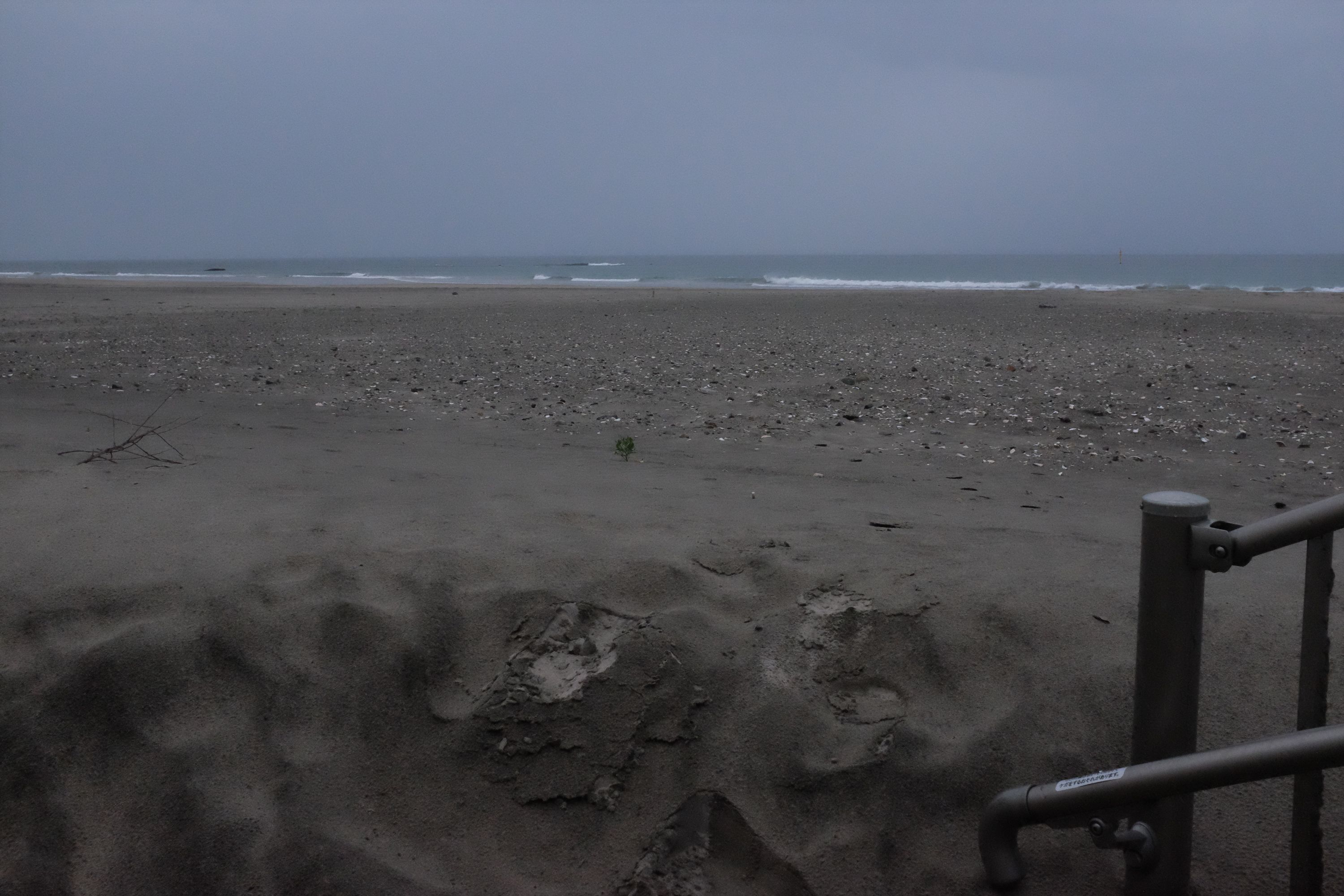
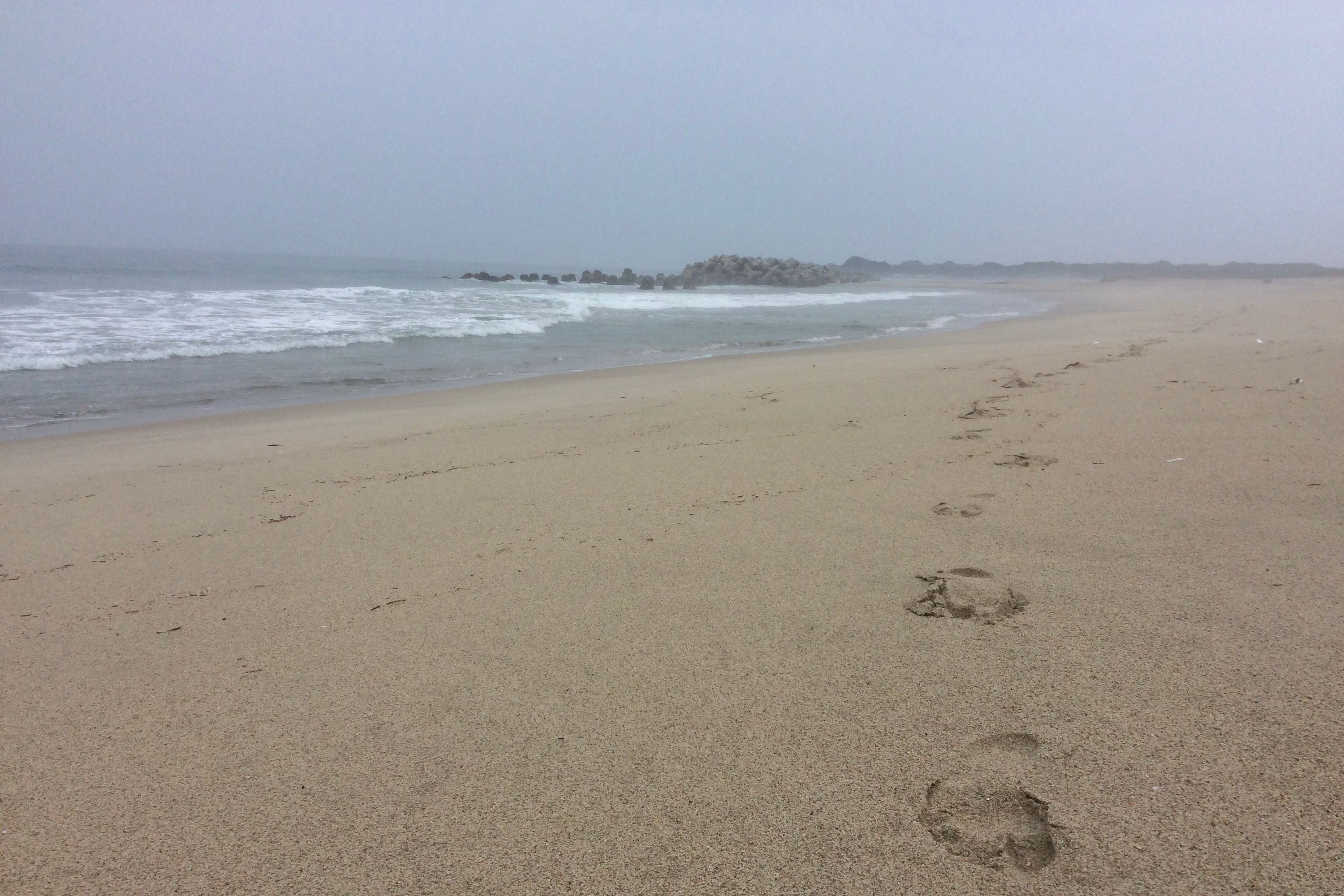
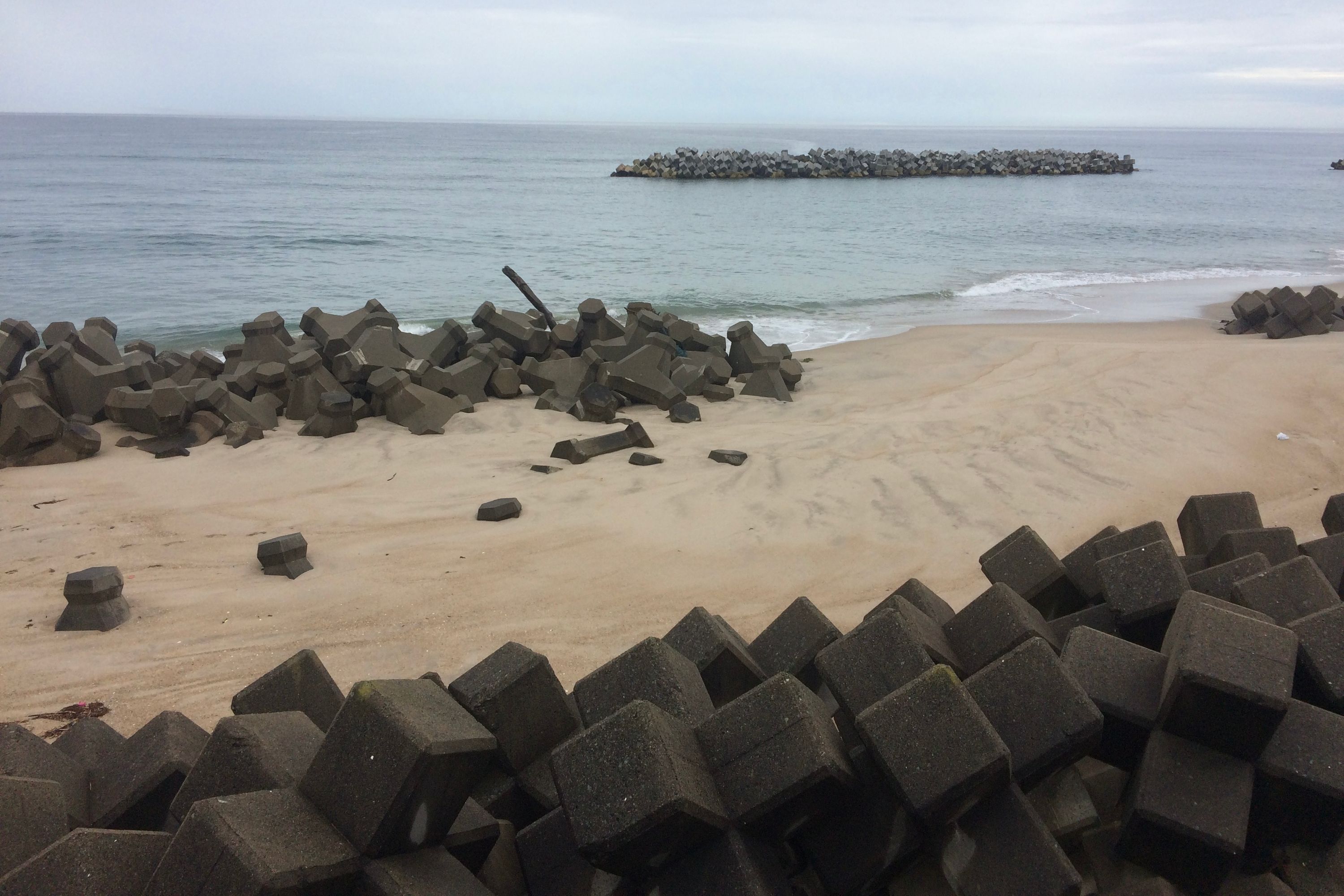
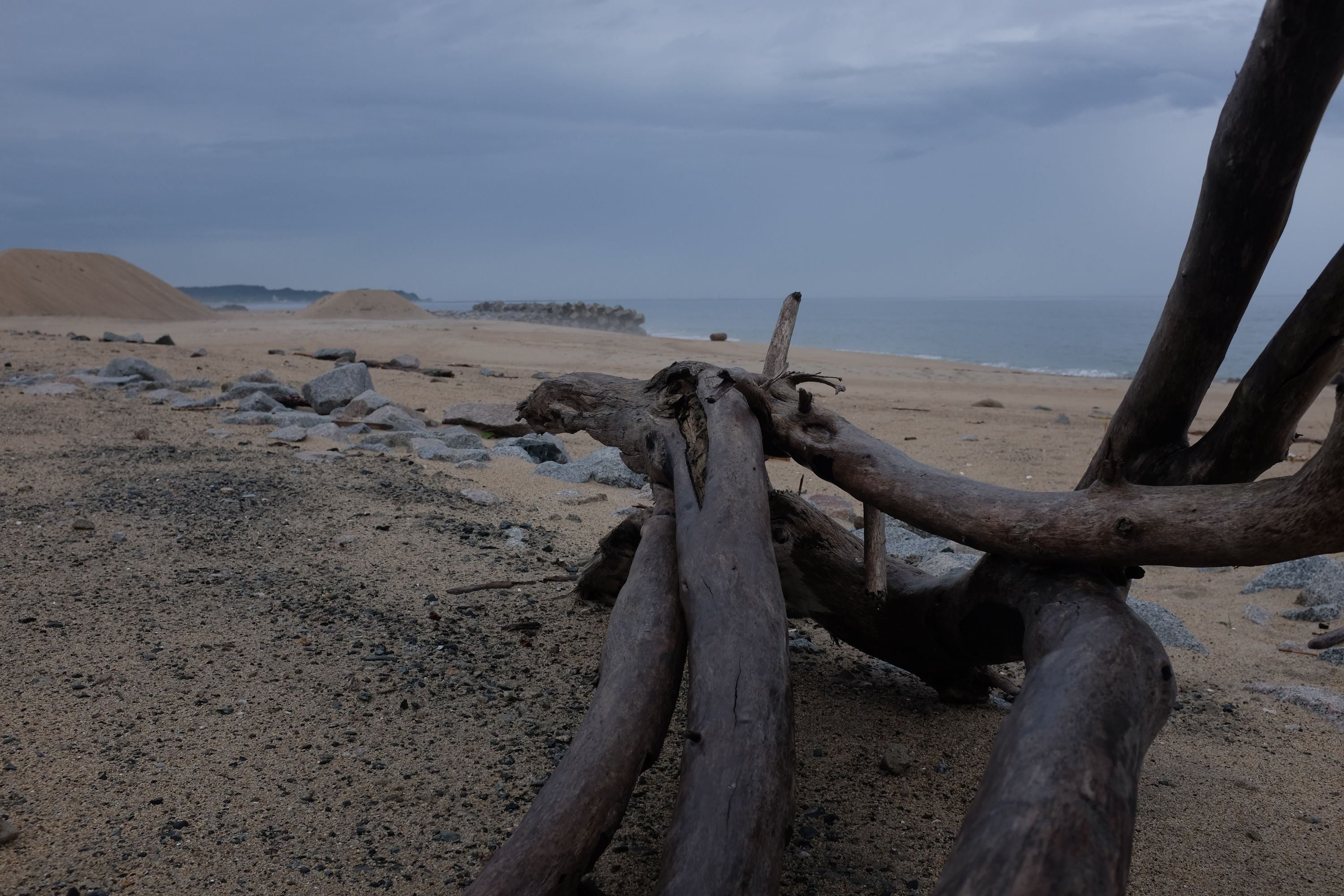

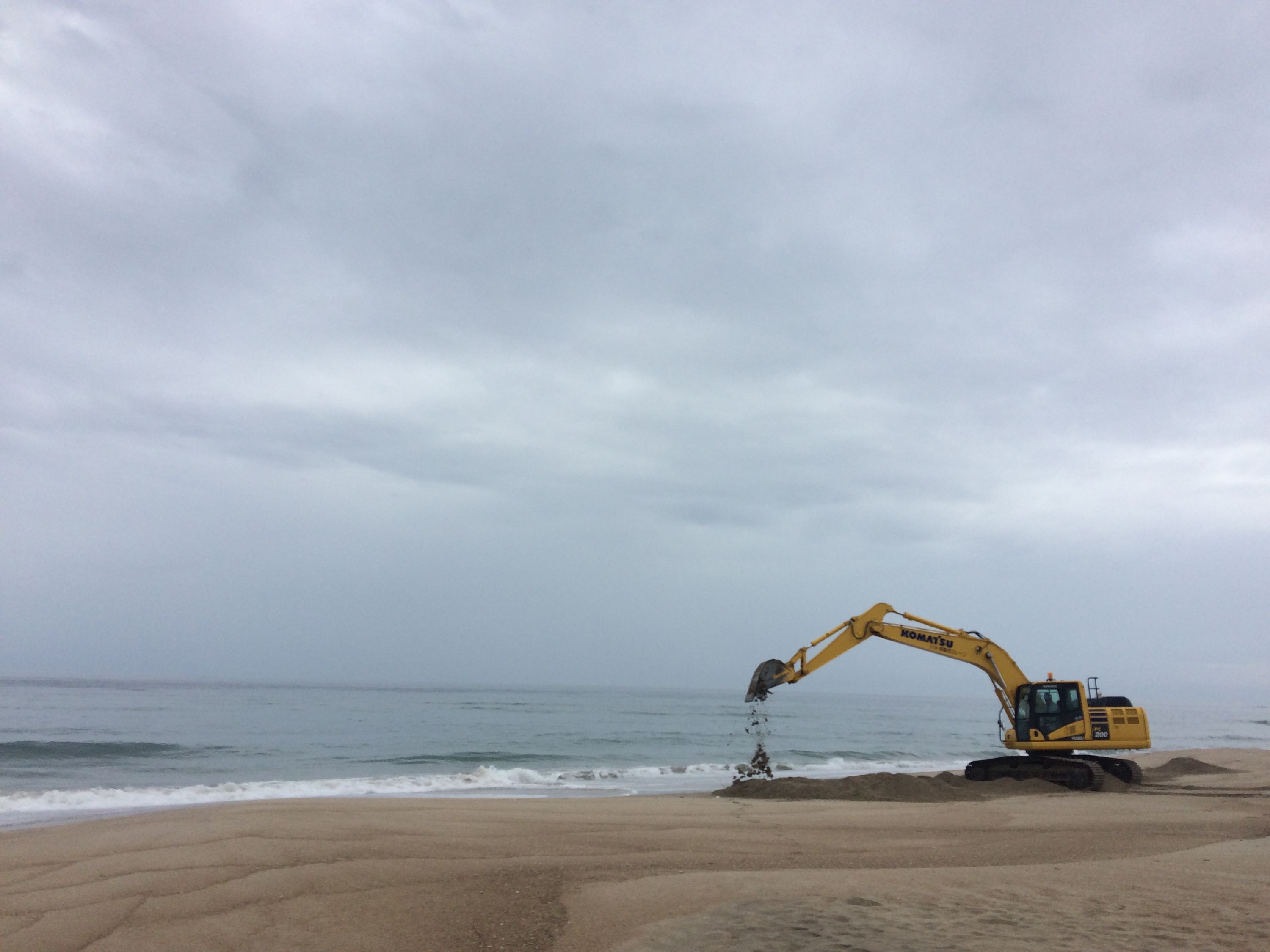
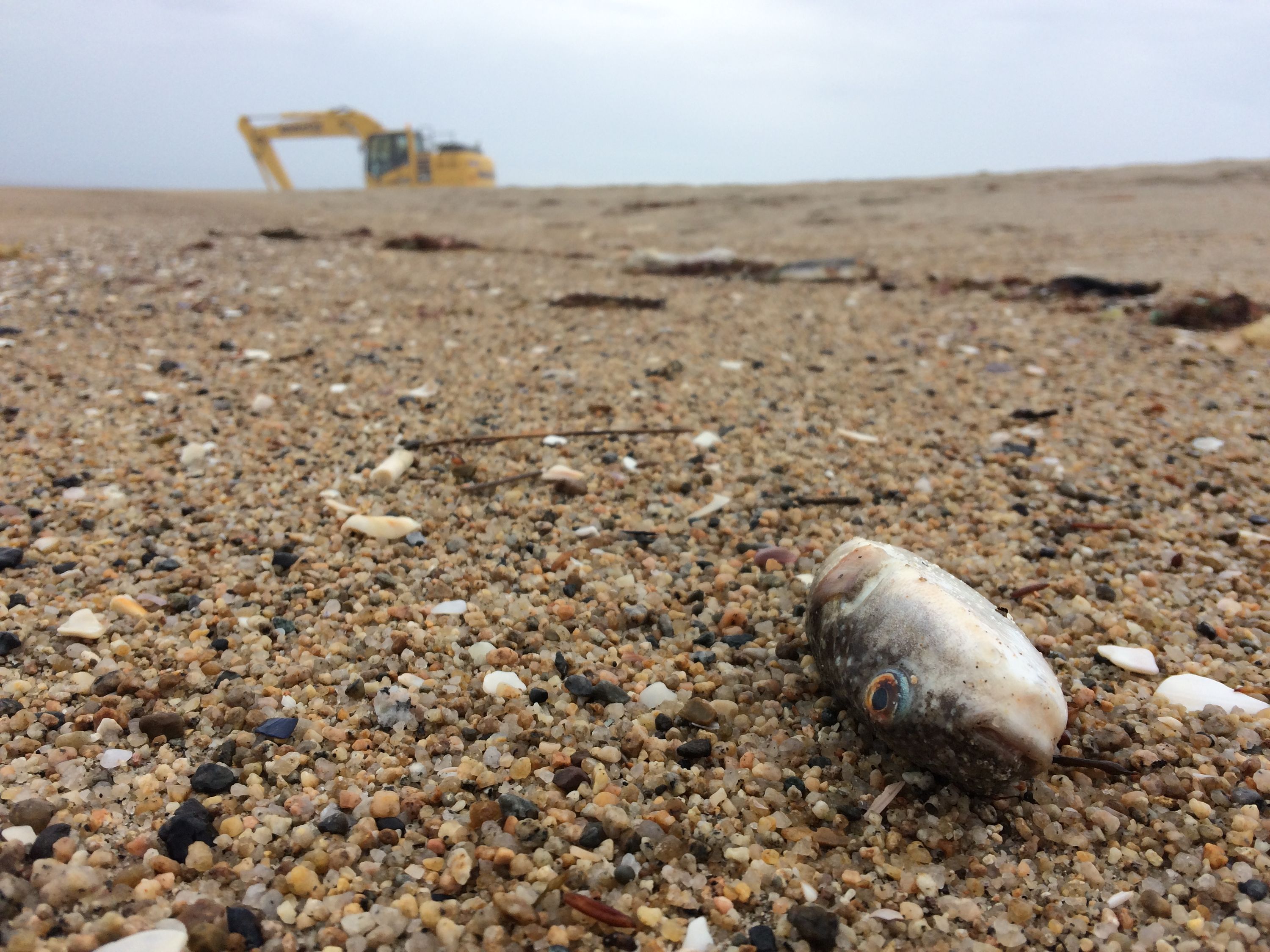
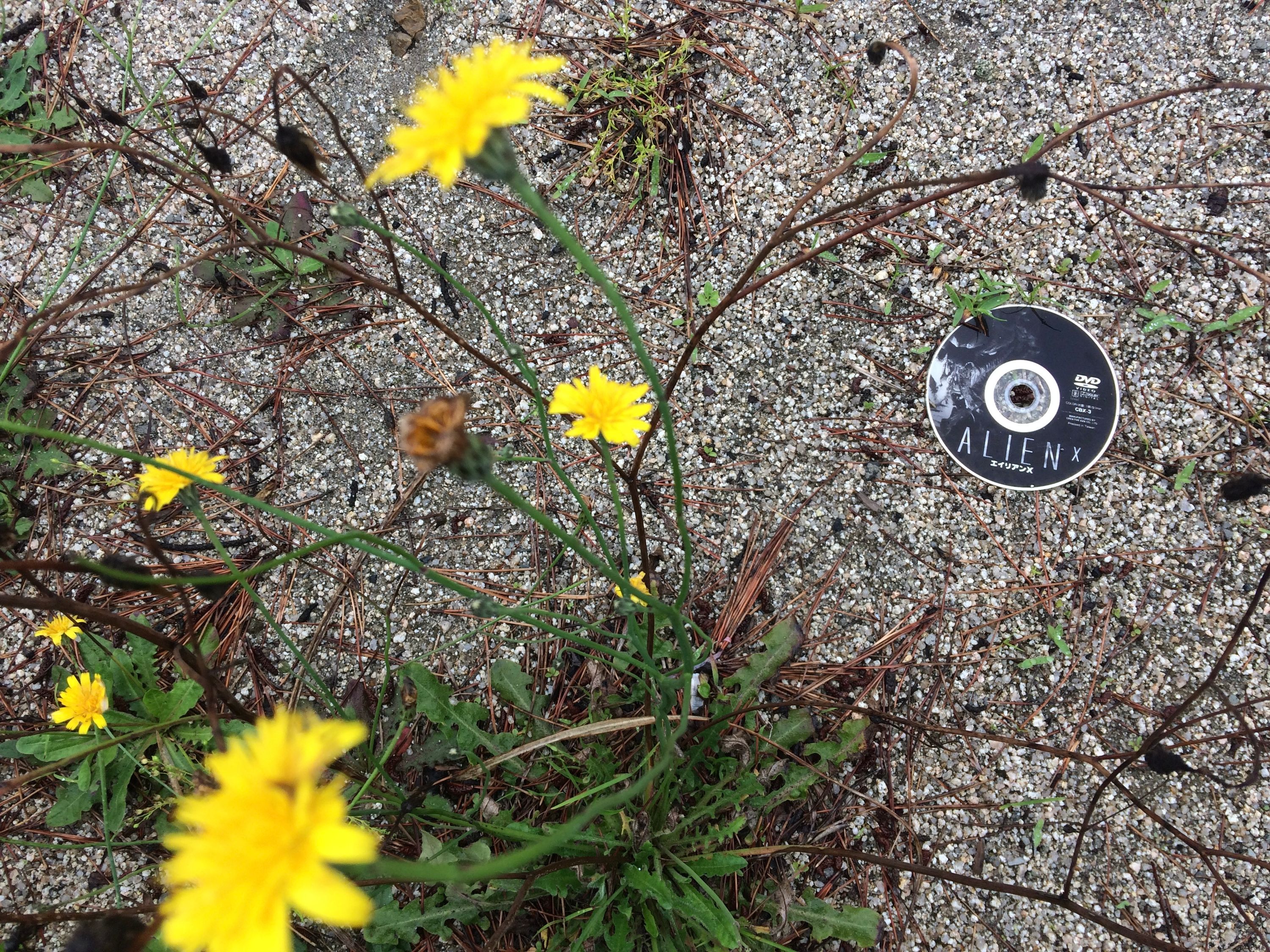
“For months afterwards, into the summer, I worked as a volunteer in the coastal villages,” Gabi said. “We cleaned the houses that remained, and the personal belongings that weren’t broken, so that people could return.”
For hours I walked north on the beach, in the cold water, rain blowing in off the grey ocean, past an endless sea wall still under construction, six years later.
“The mud was everywhere,” she said.
I ate a breakfast of grilled fish, miso soup, rice, coffee.
“I found the guitar on the beach,” she said. “The ocean had taken it, and the ocean returned it. It was impossible to identify the owner, and nobody came to claim it,” she said. I strummed its strings. “So I brought it home. It was in perfect condition.” A gift from the greatest wave the world has ever seen.
On a bench, I half-slept in the warm mist.
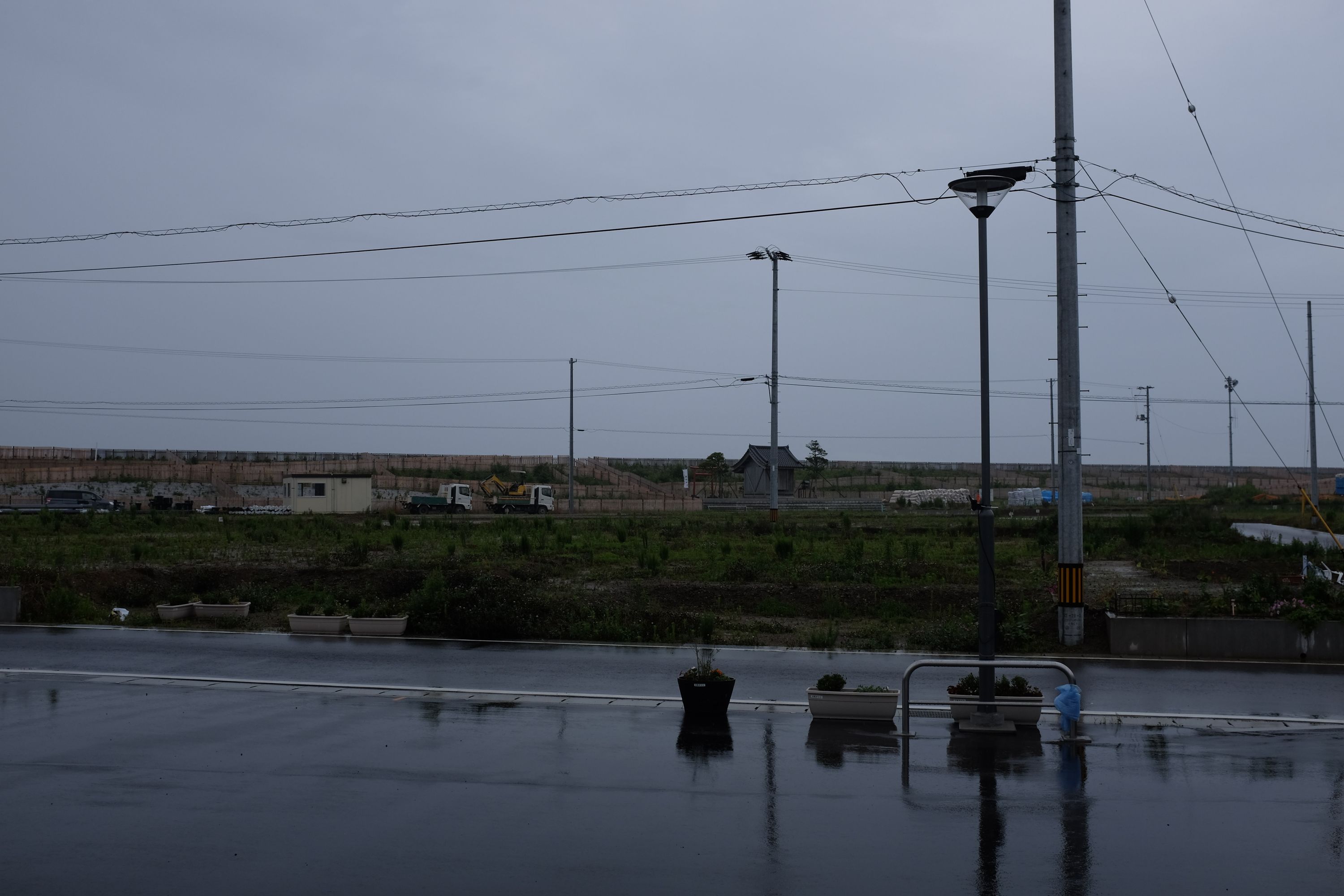
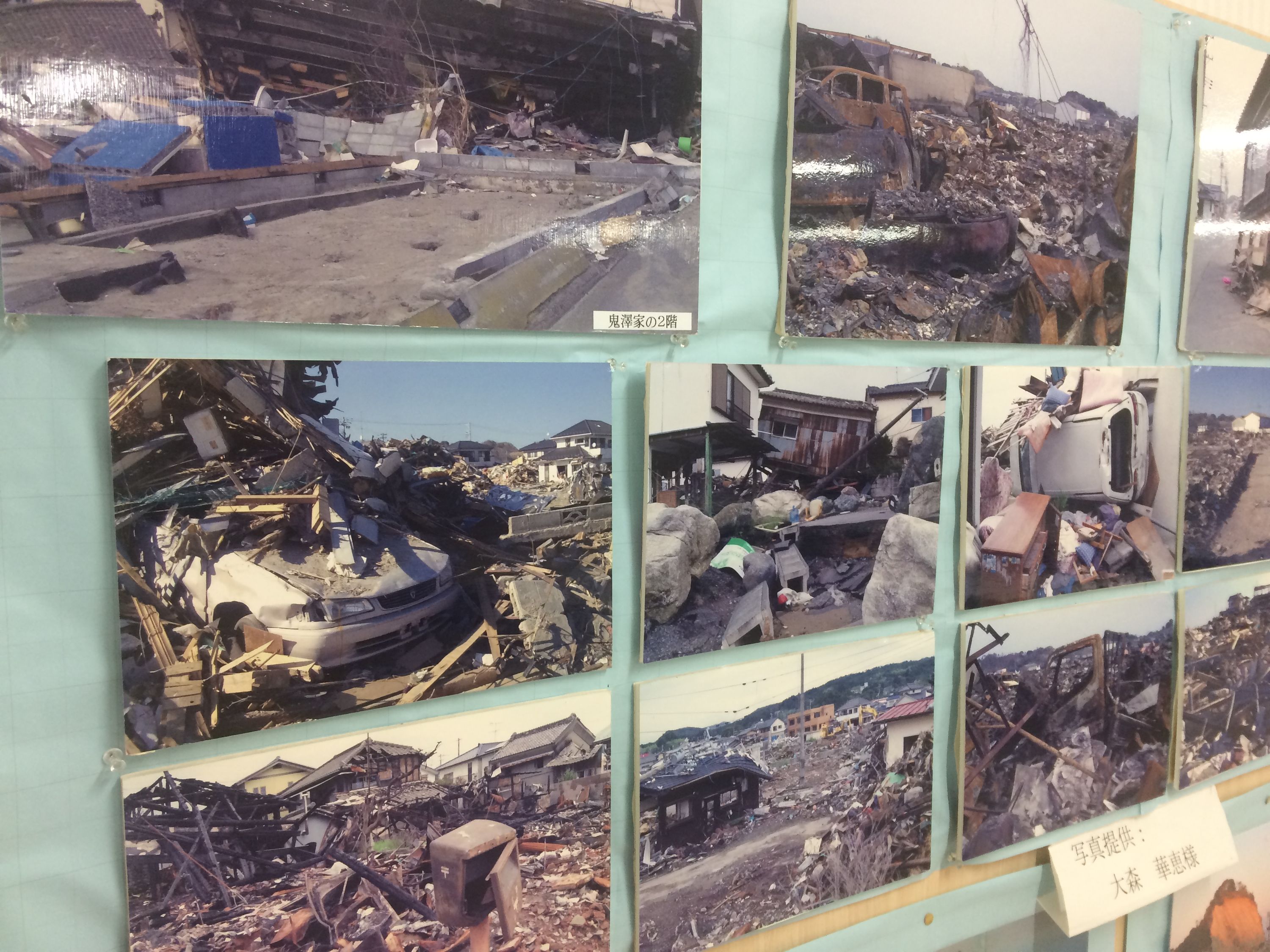
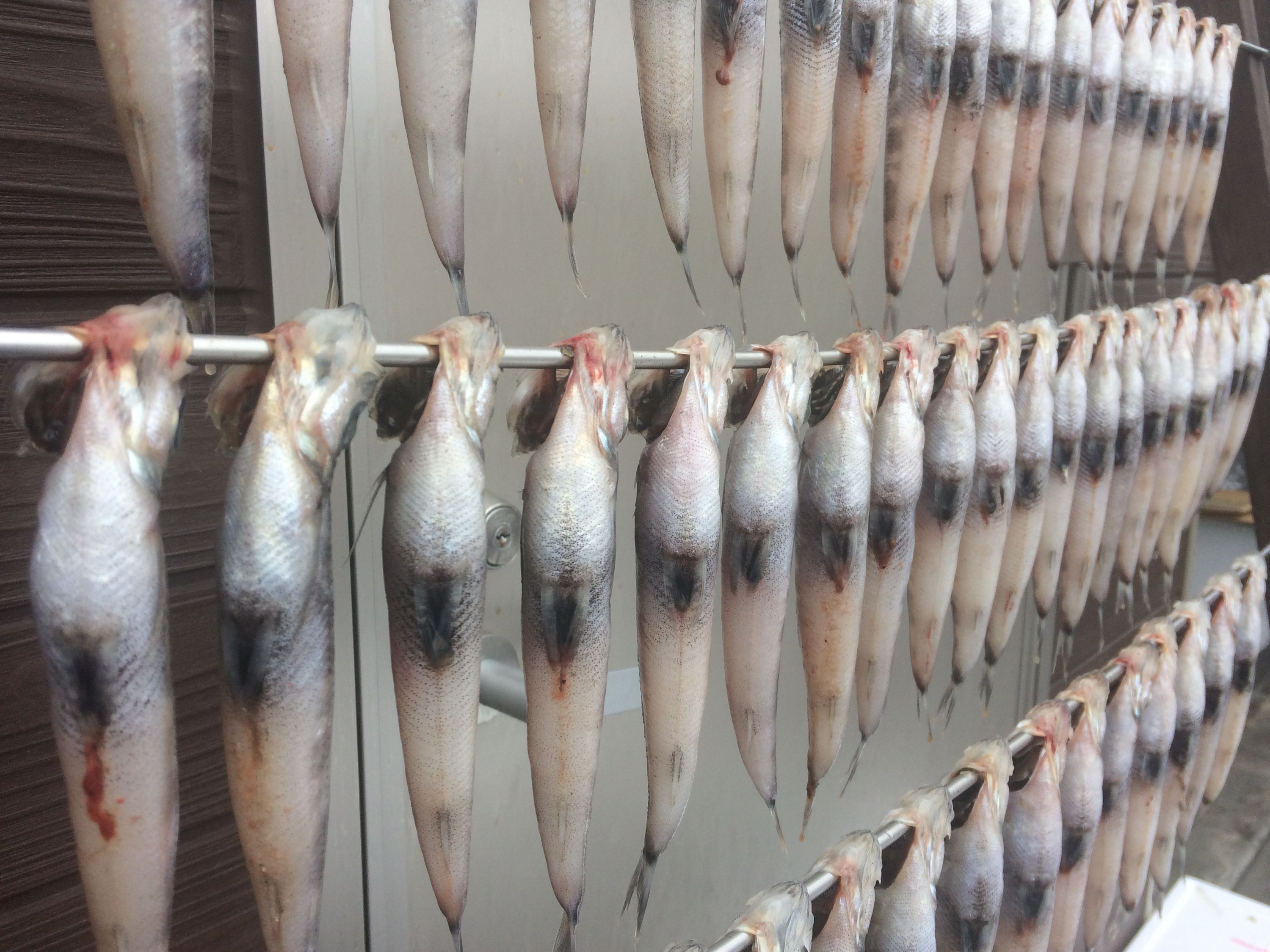
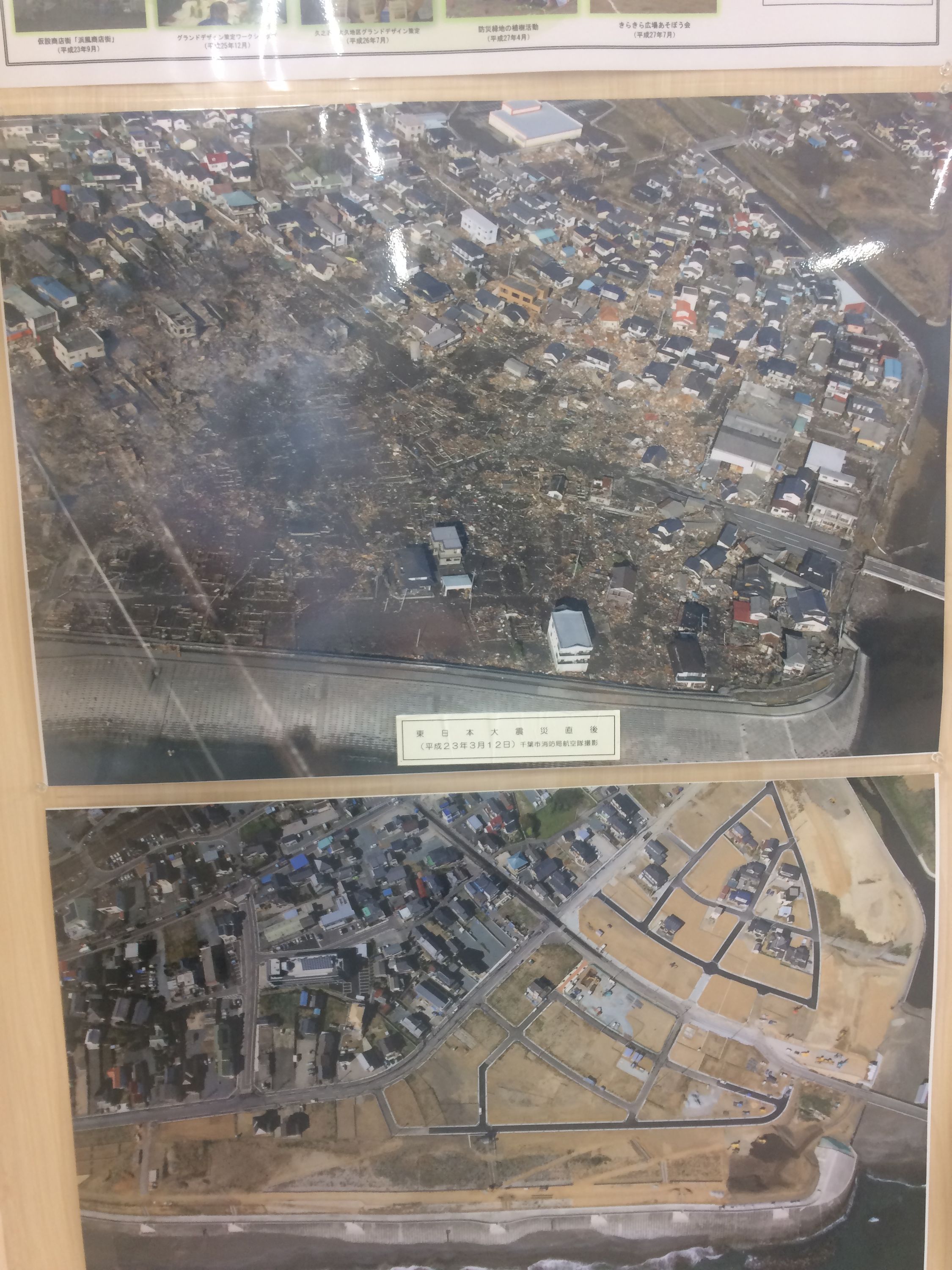
The fish drying on the back door of the small strip mall in Hisanohama were on the losing side of a battle between a lone fan and the warm mist enveloping the village like wet down. Sensational sushi was sold inside, and I ate it on a bench, the world beyond the parking lot a moonscape of freshly laid concrete and newly planted trees, on land razed completely by the wave. The houses were gone, and half the population of Hisanohama had gone with them, but civilization was still here, and a barrier was now being constructed against the next wave, which will come in a thousand years, a million-ton fuck you to the Pacific, which gives and which takes with no more care than the ocean of Solaris. I drank my coffee in silence, Slow Days Café painted in cheery primary colors, then walked on, across tunnels whose walls bore cracks from the earthquake, into a land with more radiation monitors than people.
